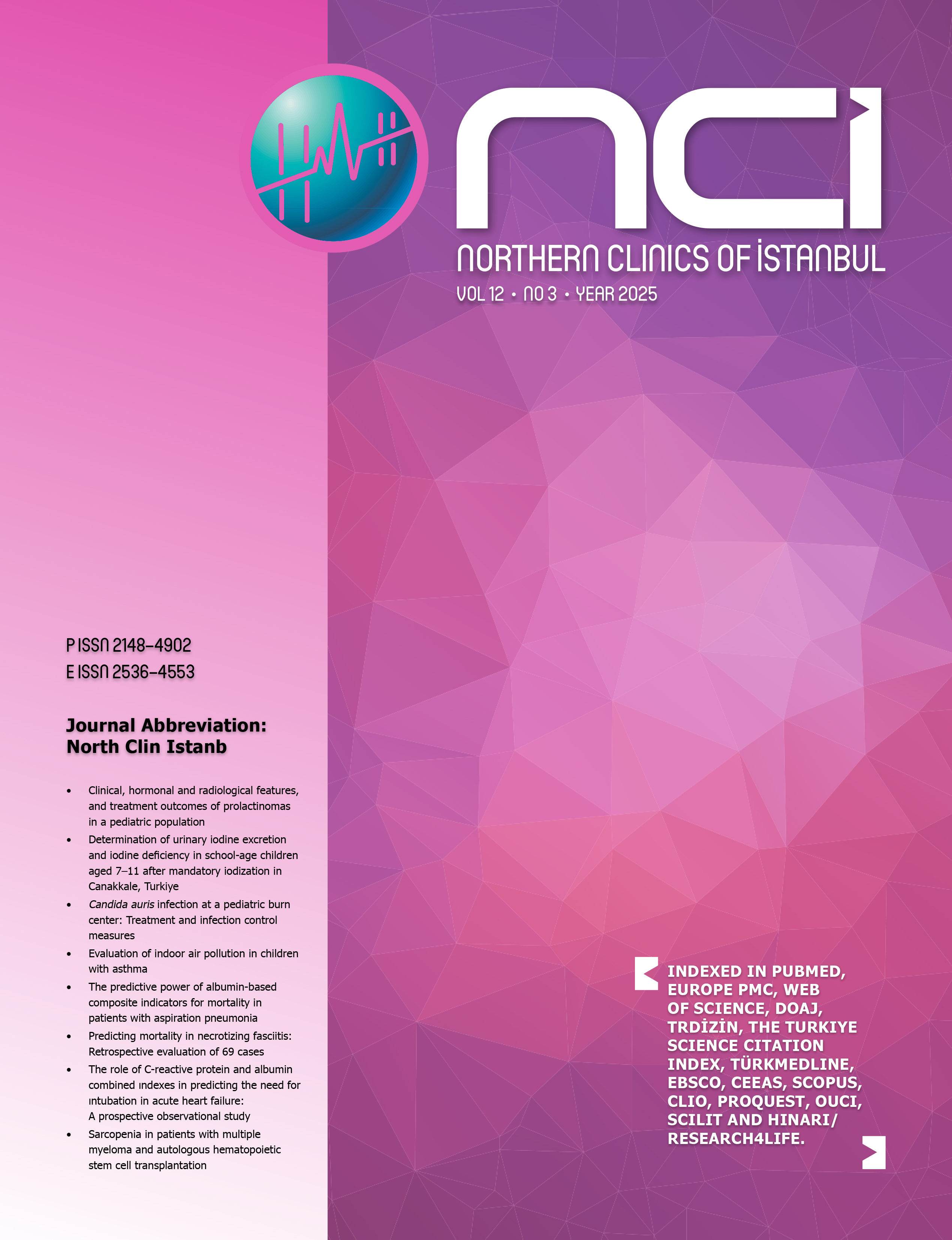Connection of reactive oxygen species as an essential actor for the mechanism of phenomena; ischemic preconditioning and postconditioning: Come to age or ripening?
Demet Sengul1, Ilker Sengul21Department of Pathology, Giresun University Faculty of Medicine, Giresun, Turkey2Division of Endocrine Surgery, Giresun University Faculty of Medicine, Giresun, Turkey; Department of General Surgery, Giresun University Faculty of Medicine, Giresun, Turkey
Ischemic preconditioning (IPC), in 1986, and then ischemic postconditioning (IPoC), in 2003, were determined and lots of studies on the many organs were performed about the preventive effects of these strong endogenous mechanisms on the relevant tissues against ischemia-reperfusion and their protective impressions have been emphasized by many authorities up to date. Reactive oxygen molecules are immensely active molecules, originating from molecular oxygen, playing a principal role in intracellular signalization, aging, and various pathologic conditions. Reactive oxygen species (ROS) such as superoxide anion and hydrogen peroxide are known in the pathogenesis of ischemia-reperfusion (I/R) injury. In the pathogenesis of cellular and tissue injury in I/R, the significant output of ROS in the initial phase of reperfusion, particularly between the 1st and 7th min, has been propounded as being an essential and crucial main factor for the phenomena. Even though a great deal of mechanisms has been asserted for IPC and IPoC, the distinct shielder mechanism(s) was/were not clearly proved yet. However, occupying a significant place of ROS among these forecasted mechanisms has been advocated up to date.
Keywords: Ischemia-reperfusion, ischemic postconditioning; ischemic preconditioning; reactive oxygen species; reperfusion injury.Connection of reactive oxygen species as an essential actor for the mechanism of phenomena; ischemic preconditioning and postconditioning: come to age or ripening?
Demet Sengul1, Ilker Sengul21Giresun Üniversitesi Tıp Fakültesi Patoloji Anabilim Dalı, Giresun2Giresun Üniversitesi Tıp Fakültesi Endokrin Cerrahisi Anabilim Dalı, Giresun; Giresun Üniversitesi Tıp Fakültesi, Genel Cerrahi Anabilim Dalı, Giresun
Giriş: Bindokuzyüzseksenaltı yılında iskemik ön koşullanma (IPC) ve ardından 2003 yılında iskemik sonradan koşullanma (IPoC) tanımlanmış ve bu güçlü endojen mekanizmaların ilgili dokular üzerinde iskemi-reperfüzyona karşı önleyici etkileri konusunda birçok organ üzerinde çok sayıda çalışma yapılmış ve koruyucu etkileri, bugüne kadar birçok otorite tarafından vurgulanmıştır.
Derleme: Reaktif oksijen molekülleri, moleküler oksijenden kaynaklanan, hücre içi sinyalizasyonda, yaşlanmada ve çeşitli patolojik durumlarda temel rol oynayan, son derece aktif moleküllerdir. Süperoksit anyon ve hidrojen peroksit gibi reaktif oksijen türleri (ROT), iskemi-reperfüzyon (I/R) hasarının patogenezinde bilinmektedir. I/R'deki hücresel ve doku hasarının patogenezinde ve reperfüzyonun başlangıç fazında, özellikle birinci ve yedinci dakikalar arasında, ROT masif üretimi; bu fenomen için, gerekli ve çok önemli bir ana faktör olarak öne sürülmüştür.
Sonuç: IPC ve IPoC için çok sayıda mekanizma ileri sürülmüş olsa da, kesin koruyucu mekanizma(lar) henüz net bir şekilde kanıtlanmamıştır. Bununla birlikte; bu öngörülen mekanizmalar arasında, ROT'un, önemli bir yer işgal ettiği savı, günümüze kadar savunulmuştur. (NCI-2021-1-23)
Manuscript Language: English





















